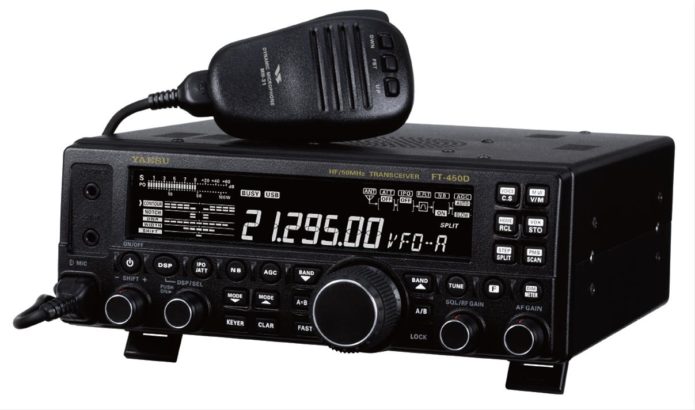Satellite radio is a great entertainment option, which can offer options that regular old am/fm radio just can’t touch. Satellite radio offers advanced music, sports, talk, and other content.
Unfortunately, unlike regular old radio, the satellite radio signals do not generally enter a home, so you will most likely need to install an external outside antenna to get the best reception. Most satellite radio manufacturers will offer an outdoor antenna kit, which can be much trickier to install than your usual radio. Even two-way radios, like Yaesu FT-450D ham radio, can be much easier to install and used for reception and transmission right away, as compared to any other satellite radio.
To begin you will need to scout a mounting location on your house. You want to look out for any obstructions, which would block reception of the satellite signal, and make sure that you mount the antenna clear from them. Be especially careful for obstructions such as overhangs or chimneys, which may block a line of sight to the satellites overhead in the sky.
There are basically two main ways in which to mount the antenna to your home. The first is called pole mounting, and is very similar to the old method that you may have used when putting up a television antenna. The antenna comes with some U bolts which are used to mount the antenna to a pole which is already mounted to an eave of your home.
The other mounting option is to mount the antenna directly into a soffit or eave of your roof. This method, while easier, is not the preferred method, as it requires you to screw or drill into your home, which can create a hole which moisture may leak in though. If you are going to directly mount the antenna you can seal any holes with a dab of silicone sealant, just to be on the safe side.
No matter what mounting method you choose make sure that you don’t ever drill into or place anything upon your roof shingles. Doing so will most certainly cause an expensive roof leak.
After you have the antenna mounted you will need to route a cable from your home receiver, into the antenna. Your best bet is to get the cable fished to your attic, and then from there drill a small hole in your soffit to feed the cable out of, and then connect it to the antenna on the roof. If you have to drill a hole to fish the wire make sure you seal the hole with silicone sealant. If you have a roof vent that doesn’t have a fan in it you might also be able to feed the wire though that hole in your roof.
Once you have the antenna connected to your receiver you will need to check the signal strength. Check your radios operation instructions to see how to check signal strength. If the signal is weak, you will need to go adjust the antenna and then check again.
Keep in mind, mounting antennas can be dangerous. Stay away from all electric power lines. Always follow basic ladder safety procedures, and keep in mind that many people are injured or killed each year from falling off their roofs. Make sure that whatever you do to mount your antenna, you do it in a safe way.


